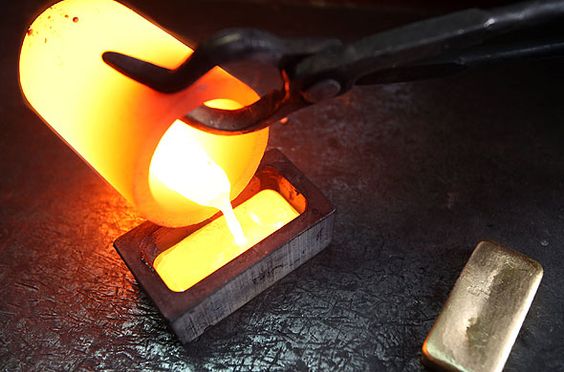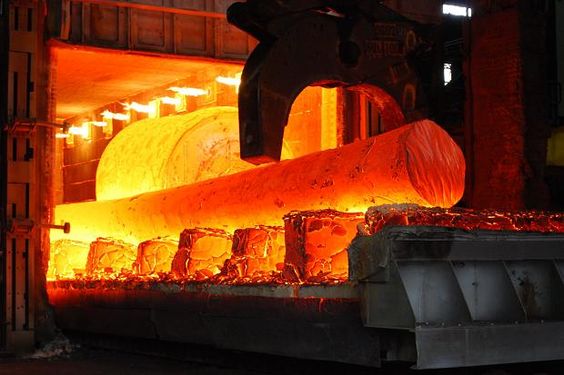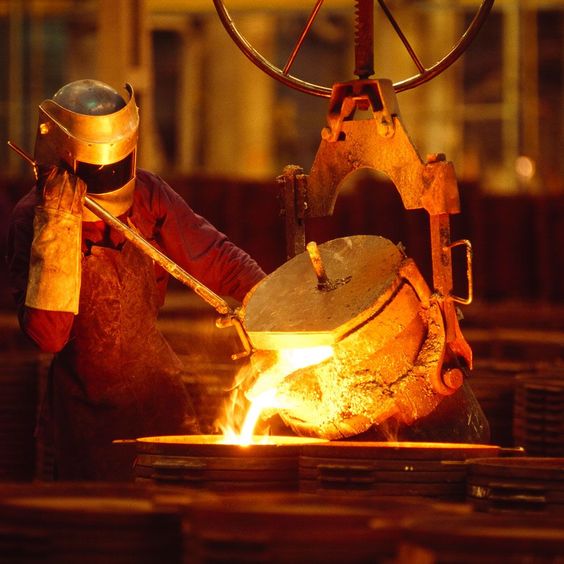Metal heat treatment is a vital process in the fields of manufacturing and engineering. This technique, which involves the controlled heating and cooling of metals, can significantly enhance their properties and performance. Understanding the various methods and benefits of metal heat treatment is crucial for industries relying on metal components to ensure strength, durability, and reliability.
Understanding Metal Heat Treatment
Metal heat treatment involves heating metal to a specific temperature, holding it at that temperature for a certain period, and then cooling it at a controlled rate. This process can alter the metal’s microstructure, improving its mechanical properties such as hardness, toughness, and ductility.

Key Techniques in Metal Heat Treatment
– Annealing
- Purpose: To reduce hardness, improve ductility, and relieve internal stresses.
- Process: Heating the metal to a specific temperature, maintaining that temperature, and then slowly cooling it in a furnace.
- Applications: Commonly used for steel, copper, and aluminum alloys to enhance their workability.
– Quenching
- Purpose: To increase hardness and strength.
- Process: Rapidly cooling the heated metal using water, oil, or air.
- Applications: Used for steel and other alloys to create a hard and brittle structure.
– Tempering
- Purpose: To reduce brittleness and increase toughness after quenching.
- Process: Reheating the quenched metal to a lower temperature and then cooling it.
- Applications: Applied to steel and other alloys to balance hardness and ductility.
– Case Hardening
- Purpose: To harden the surface of the metal while maintaining a softer, ductile core.
- Process: Adding carbon or nitrogen to the surface layer of the metal and then heat treating.
- Applications: Ideal for gears, bearings, and other wear-resistant parts.
– Normalization
- Purpose: To refine the grain structure and improve uniformity.
- Process: Heating the metal to a temperature above its critical point and then air cooling.
- Applications: Typically used for steel to achieve a more uniform and predictable structure.
Benefits of Metal Heat Treatment
- Enhanced Mechanical Properties: Heat treatment can significantly improve the hardness, strength, and toughness of metals, making them more suitable for various applications.
- Improved Workability: Processes like annealing make metals more ductile and easier to work with, facilitating machining and forming operations.
- Stress Relief: Heat treatment can relieve internal stresses induced during manufacturing, reducing the risk of distortion and failure in metal components.
- Wear Resistance: Techniques like case hardening create a hard surface layer, enhancing the wear resistance and longevity of metal parts.
Applications of Heat-Treated Metals
- Automotive Industry: Components such as gears, crankshafts, and axles undergo heat treatment to withstand high stresses and wear.
- Aerospace Industry: Critical parts like turbine blades, landing gear, and structural components are heat treated for enhanced performance and reliability.
- Tool Manufacturing: Cutting tools, dies, and molds are heat treated to achieve the required hardness and durability.
- Construction: Structural steel used in buildings and bridges is heat treated to ensure strength and safety.

Metal heat treatment is an indispensable process that enhances the properties and performance of metals across various industries. By mastering techniques such as annealing, quenching, tempering, and case hardening, manufacturers can produce metal components that meet specific requirements for hardness, toughness, and durability. Understanding and applying these heat treatment methods is essential for optimizing the performance and longevity of metal parts in critical applications.

